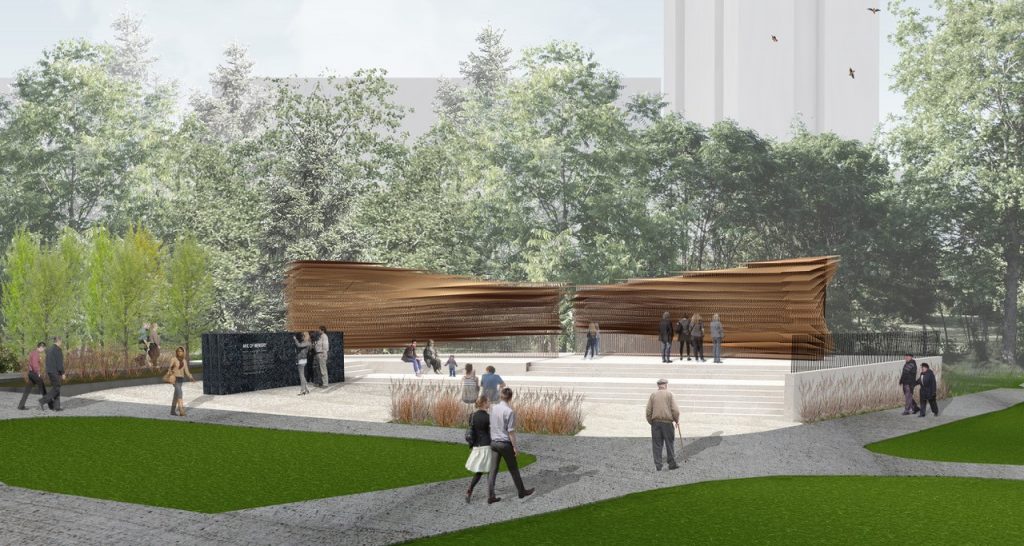Construction set to begin on monument to victims of Communism
By Brier Cook
Construction is set to begin this spring on the controversial and long-awaited Memorial to the Victims of Communism, which has been in the works for nearly a decade.
Organizers say work could begin as early as this month at the Garden of the Provinces and Territories, just west of the intersection of Bay and Wellington streets near the Library and Archives Canada building.
The purpose of the monument is to commemorate the millions of victims of Communism in the 20th century and bring the suffering of those victims into the public’s consciousness.
Tribute to Liberty, the non-profit organization founded to complete the project, was granted approval by the National Capital Commission to build the memorial in 2009. Since then, a nine-member volunteer board has worked closely to complete the project.
As Centretown News has previously reported, in 2011, the former Conservative government created an uproar by announcing its intention to put the monument in a much more prominent location near the Supreme Court of Canada building on Wellington Street.
Many Ottawa residents and opposition MPs denounced the decision, partly because the proposed monument was considered too large and was being sited at a location previously reserved for a new federal justice building.
In late 2015, the newly elected Liberal government announced the alternative location for the monument and also requested a new, smaller-scale design.
As described on the project website, in the new design, more than 4,000 bronze rods are arranged along 365 slender posts, “each one pointing at a unique angle of the sun, for every hour of every day, across a year. The memorial is divided in the middle at the winter solstice, the darkest day of the year, inviting visitors to step through in a metaphorical journey from darkness and oppression to lightness and liberty.”
Ethan Gao, a PhD student studying Political Science at Carleton University, said that it is important to have a monument to commemorate the lives of those who have suffered around the world.
“My family is from a richer province in China, and though no one died from the famines in the 1960s, many suffered,” Gao said. “Both my parents suffered from malnutrition due to the regime’s ruthless policies.”
Gao added that the monument is about remembering dangerous tendencies within Communist ideologies.
“To remember the failures of these ideologies is to remember the importance of reason and free thinking,” Gao said.
The monument is being funded equally by TTL and the federal Department of Canadian Heritage. The memorial is projected to cost $3 million.
Individuals will have the opportunity to memorialize the name of a loved one on the Wall of Remembrance at the site of the memorial by making a $1,000 donation.
Ludwik Klimkowski, chair of Tribute to Liberty, said that the memorial is a tangible way to honour the community.
“It’s almost like leaving your mark on social and civic life in Canada,” Klimkowski said. “I know for fact that a lot of immigrants like myself who came to this country would love to be in a position where they can make something meaningful that speaks to the Canadian mosaic.”
Catherine Callary, senior director of destination development for Ottawa Tourism, added that the memorial is one of many sites in Ottawa that commemorate events, people, achievements and history. Ottawa has recently unveiled three other memorials: the Holocaust Monument at LeBreton Flats, Lord Stanley’s Gift near the corner of Sparks and Elgin, and the Canadian Building Trades monument in Major’s Hill Park.
“Each monument,” said Callary, “adds to Ottawa’s rich collection of public art and commemorations, and adds to the visitor’s experience to the Capital.”

